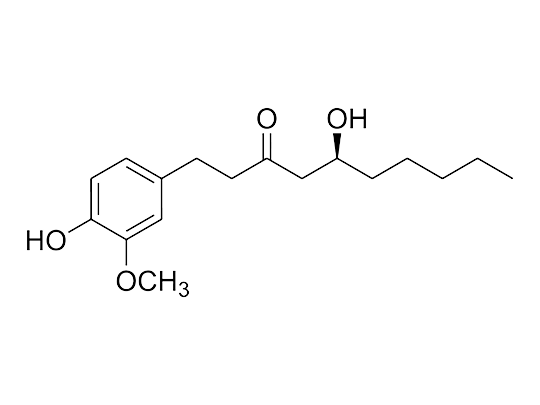Ginger – not just an Asian culinary spice (part 2)
Do you know the active ingredients of ginger? Discover the meat tenderizing effects of zingibain and the effects of gingerol and much more...

Recently, we introduced another “star” of the phytogenic universe to you: ginger. In the first part of our blog post, we informed you about gingers’ origin and its way throughout humans history, being enjoyed as food and medicine.
But what is it about ginger that makes it such a great offering for health? Ever heard about the precious active compounds gingerol and shogaol? Here we go:
What to discover about ginger in this part?
- insights in gingers’ supportive functions on the respiratory tract
- influence of ginger on the gastrointestinal tract
- and much more….
The scope of ginger goes far beyond its great popularity as a spice for refining tasty foods.

Its good and world-famous reputation is based not least on its use as a medicinal plant for thousands of years, treating a wide variety of diseases.
But what is it about ginger that makes it such a great offering for health? This can be owed to its many active compounds and metabolites – at least 115, that have been identified by thorough analytical processes – mostly volatile oils. These include zingiberene, phenylalkylketones, and vanillyl ketones (which include gingerols, shogaols, and zingirones), borneol, citral, and more.
Did you know?
There are many different types of gingerols and shogaols that have received attention: including 6-gingerol, 8-gingerol, 10-gingerol, 6-shogaol, 8-shogaol, 10-shogaol, zingerone, and more.
Of all these, the most studied substance are gingerol and shogaol, especially [6]-gingerol and [6]-shogaol, which seem to be responsible for the bulk of ginger’s health properties.

Fresh ginger mainly contains gingerols, which are found only slightly reduced in dry ginger, whereas shogaols, the major gingerol dehydration products, are more present in dry ginger (Jolad et al., 2008).
Ginger and its active compounds can be found in many preparations ranging from over-the-counter pills (such as for motion sickness, which is most popular) to supplements, tinctures, extracts, essential oils, chews, candies, cough drops, and a few other forms. Ginger ale (made with real ginger) can serve its own medicinal purposes in a pinch, too.
Zingibain – the meat tenderizer
Enzymes are important factors regarding the taste of meat: Proteolysis and lipolysis (degradation of proteins and fats) are important enzyme-catalyzed reactions that contribute to the taste of meat by participating in the formation of taste precursors. Additionally, the tenderness of meat is an essential factor when it comes to meat quality and consumer satisfaction (Miller et al., 1995). Enzymes also play a decisive role in the tenderness of meat: So-called proteases are responsible for the disintegration of the structural components (i.e. myofibrils, muscle cell membranes and connective tissue) in muscle meat, which increases the tenderness of the meat.

Did you know that adding fresh or dried ginger to meat also increases the tenderness of the meat during cooking? The reason is the cysteine protease zingibain, which is found in ginger rhizomes. The tenderness of meat is due to the fact that zingibain, through its high proteolytic and collagenolytic activity, catalyses (i.e. promotes) the decomposition of important muscle proteins and collagens in meat, especially actomyosin and type I collagen found in muscle joints (Lee et al., 1986).
Similar proteases can also be found in other plants, e.g. papain from Papaya…

…bromelain from pineapple or actinidine from the kiwi fruit. However, zingibain shows some advantages: it has a higher proteolytic activity compared to papain and zingibain is in fact the only catalogued plant protease with collagenolytic activity (Kim et al., 2007).
For example, one study found that buffalo meat marinated with 3% w/v ginger extract had, among other things, a more desirable taste, water holding capacity, collagen solubility and shear force values than the control samples treated with ginger extract in lower or higher levels (Naveena and Mendiratta, 2004).
Further references upon request
Do you want the entire article as PDF including all references?

You are only one click away.
Did you know about ginger's anti-inflammatory and antioxidative modes of action?

Elisabeth Rohrer
After her study in agriculture sciences at the university of natural resources and life sciences in Vienna, Elisabeth joined the Delacon team in December 2013 as Technical Communications Manager - a position, she always exerted with pleasure. Since 2021, her task areas have been extended and thus, she is also supporting colleagues in writing offside the technical focus as Content Manager. Elisabeth describes herself as a great animal and nature lover and prefers to spend her free time high up in the mountains with her little family, away from the hustle and bustle.










